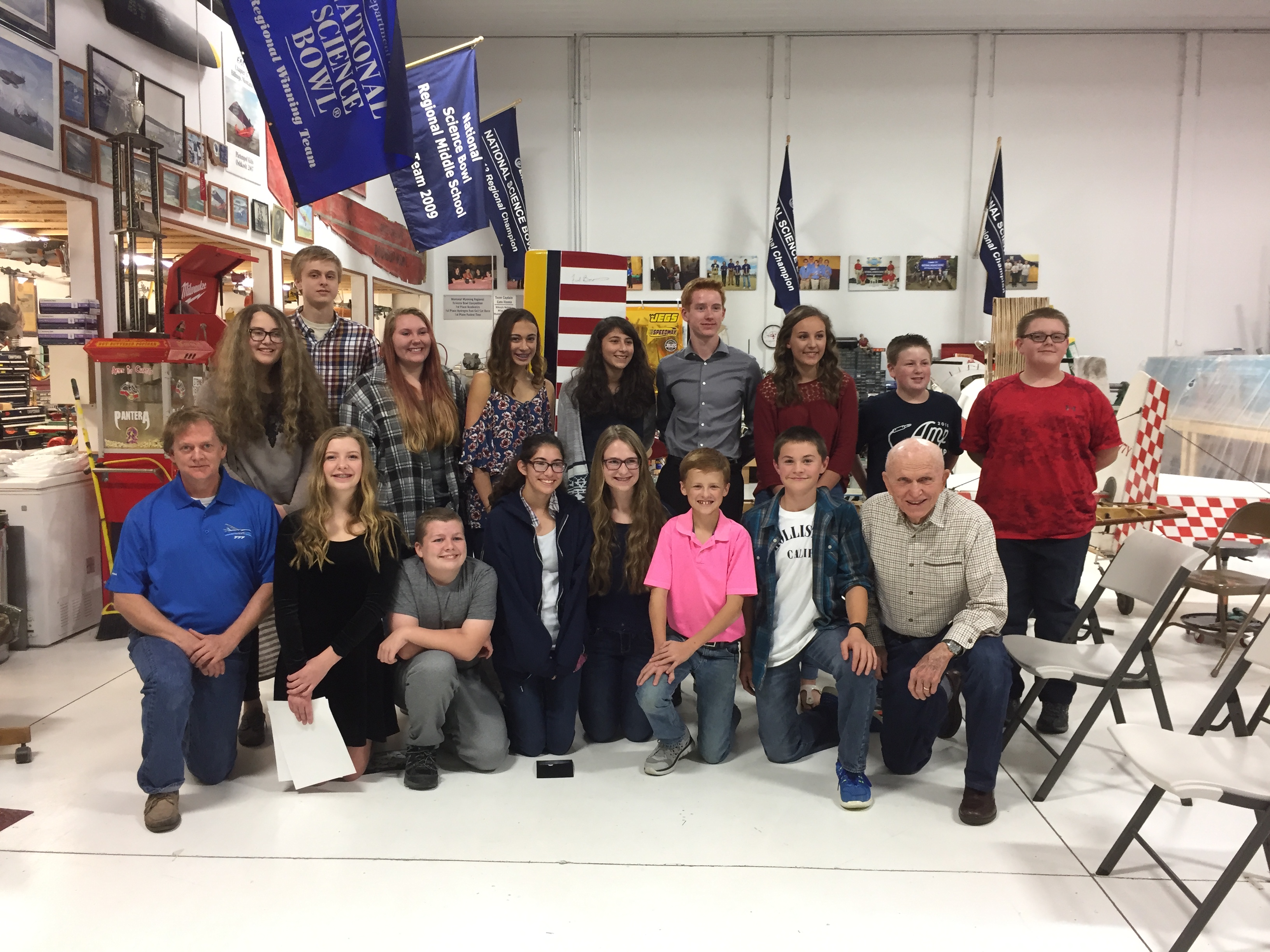November 17, 2016 – A group of 15 middle and high school students in Billings, Montana, are building a 1929 Northrup Primary Glider under the direction of Pat Kenney, EAA 275132, a science teacher and EAA Chapter 57 member.
“When people say kids aren’t interested, they are interested,” Kenney said. “There’s a lot of interest, they just don’t have the access.”
The students, who began this build in June, are working toward an April 2017 completion date and have already finished the horizontal stabilizers, elevators, rudder, and 26 of 30 ribs.
All of this is being done from a rough set of plans published in 1930.
“All these skills are all being lost to be quite honest,” Kenney said. “You come back and you walk in this hangar, it’s like going back in time.”
He said the build is being driven by his students’ enthusiasm and dedication. Most show up after school two to three times a week of their own accord.
“When they come up they all have a journal and they put the date, the hours, and they write a short paragraph about what they did, and I take some pictures and they paste them in,” Kenney said.
Kenney first joined his passions for aviation and teaching in 2002, and this will be the fifth aircraft he’s built with students from his school district. The first was a Chanute 1896 biplane.
“I cleared out an area and I moved in some power tools and we just started building in the classroom,” he said. “Then the chapter acquired a hangar up at the airport so we moved the airplane up there and we’ve been there for 15 years now.”
The cycle of students has since built a Wright Flyer and Chanute triplane, as well as completing a full restoration of a Pietenpol Air Camper.
EAA Chapter 57 has geared itself toward aviation and science education, and Kenney estimates that at least 1,000 students have walked through the chapter’s hangar since it opened its doors to these students.
“We’ve put about 150 kids through state and local science fairs, and then we have some kids that have won five national titles for the National Science Bowl in D.C. in engineering and design,” Kenney said. “They did all of that through the chapter, and now we’re back to building airplanes.”
Many students who have participated in Kenney’s program have gone on to study and start careers as engineers or science teachers, and a few are attending the military academies with plans to fly.
Those currently building with Kenney recently received a special treat for their efforts. Last year Apollo 8 astronaut Col. Frank Borman sold his hangar to Chapter 57 to give them expanded working and learning space. He visited the hangar in late October to talk to the students and their families and share his story.
“I just can’t believe how lucky we are to have him in the chapter and have him working with the kids,” Kenney said.
The program’s success and reputation in the Billings community can be measured by the waitlist of 25 students hoping to join a build.
“I just don’t have enough airplane for everybody right now,” Kenney said, “but we’ll get them on later.”







